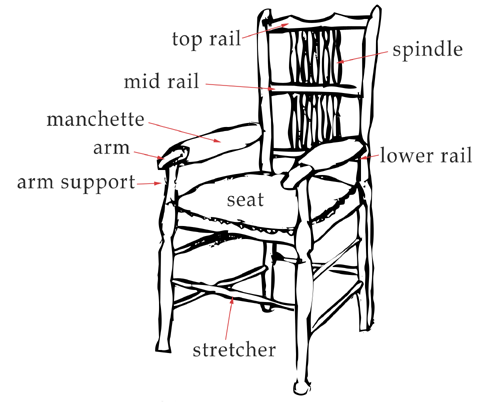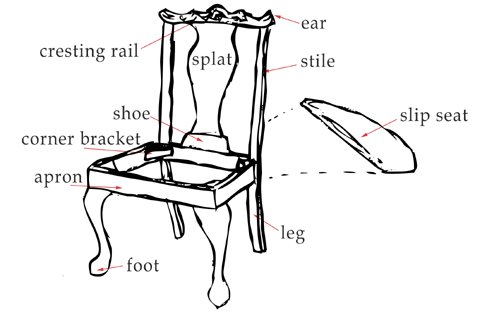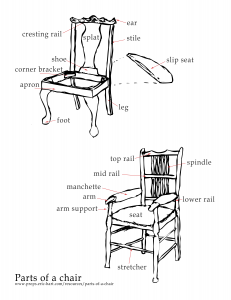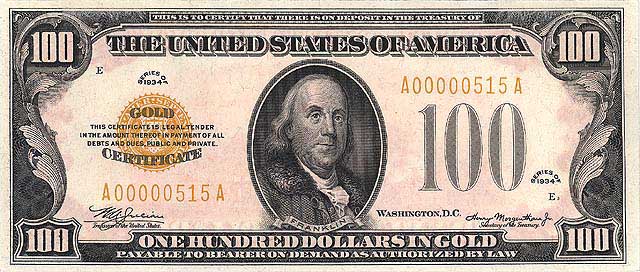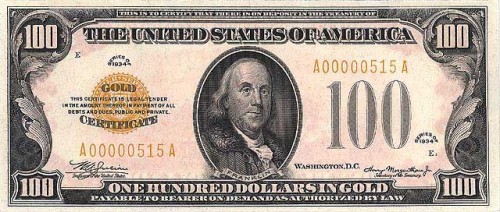For some productions, the set decoration and dressing can be thought of as an entirely separate area of design. From just a few clues in a script, you need to fill a space with a lifetime’s accumulation of objects. Even the most detailed of set designers will not specify every single item on a stage; for the props person who enjoys dressing a set, choosing these objects is a vital skill.
In the book Art Decoration Applied to Furniture, Harriet Elizabeth Prescott Spofford features a short chapter on bric-a-brac. Rather than explaining how to collect bric-a-brac, she describes how these objects accumulate in a house and what they tell about the occupants. It’s like a perfect primer on set dressing. It was written in 1878, so it’s perfect for plays taking place in that time period; you can also adapt it for more modern plays by substituting “framed sports jersey” with “Moorish weapons”.
It is the bric-a-brac, the curious trifles, the movable ornaments and gewgaws used for filling up the picture, for giving an enhanced brilliancy, and creating interest — the things that “notable housewives” call trash and trumpery—that have about as much to do with the impression a room conveys as the heavier articles and their arrangement do. Indeed, a few moments’ observation in the drawing-room of any family will usually give much information concerning the grade of that family’s culture by nothing more than the character of the bric-a-brac to be seen there.
To be sure, people of moderate means must take their ornaments as they can get them — this an heirloom to be preserved with pride, if not with admiration; that a gift, and to be treated with honor, whether desired or not, although too frequently purchased with reference only to the giver’s eye, and without thought of its future surroundings — so that they are by no means responsible for the whole burden of their bric-a-brac. Yet almost every one can now and then find some small but characteristic treasure within reach, and that single characteristic thing, given due prominence, may be the one righteous individual of a perfect Sodom of worthless baubles. The absence of all trifles, though, is as betraying as the presence of inferior articles is, for if there is any evidence of much free expenditure elsewhere in the room, it is apt to show that articles sought for by the vulgar are in more esteem than those where sometimes one looks for beauty twice before finding it; and yet just as tale-telling is the presence of a multitude of the smaller affairs that have no especial value, for they declare a too eager love of acquisition and a less fastidious taste than full purse. The mere shape of a lamp shows whether people buy what their neighbors buy, or have any individual taste of their own to exercise, or give a thought to the matter of educating what we may call the aesthetic senses.
…
With the rest, if we have no myrrhine cups or unicorns’ horns, there are the countless things that our travelling friends bring us; there are our card-receivers, our tortoise-shell work-boxes, our brass appliques and candlesticks, our carved coral card-cases, our fans, our hand-screens, our albums between plaques of ivory, our vases of famous shape, even if of commonest blown glass, our lacquered trays and cases, our sandal-wood boxes, our bits of the strange Bombay work, our thousand and one fancy things, grotesque or severe, the tiny Xavajo basket that holds water, the bit of gold-work of Montezuma’s day, the drinking-cup of a chamois’ horn, the little Spanish dagger, whose damascene-work makes one remember the wonderful Moorish weapons with rubies set in their back like drops of blood, the brier-wood pipe that had a new intaglio cut upon it after every battle of the war, and that never will be smoked again — all these babioles can be made to illuminate a room and help its picturesque idea, even if they amount to nothing at all in the eyes of a dealer in bric-a-brac.
From Art Decoration Applied to Furniture, by Harriet Elizabeth Prescott Spofford, 1878 (pp. 224-230)

